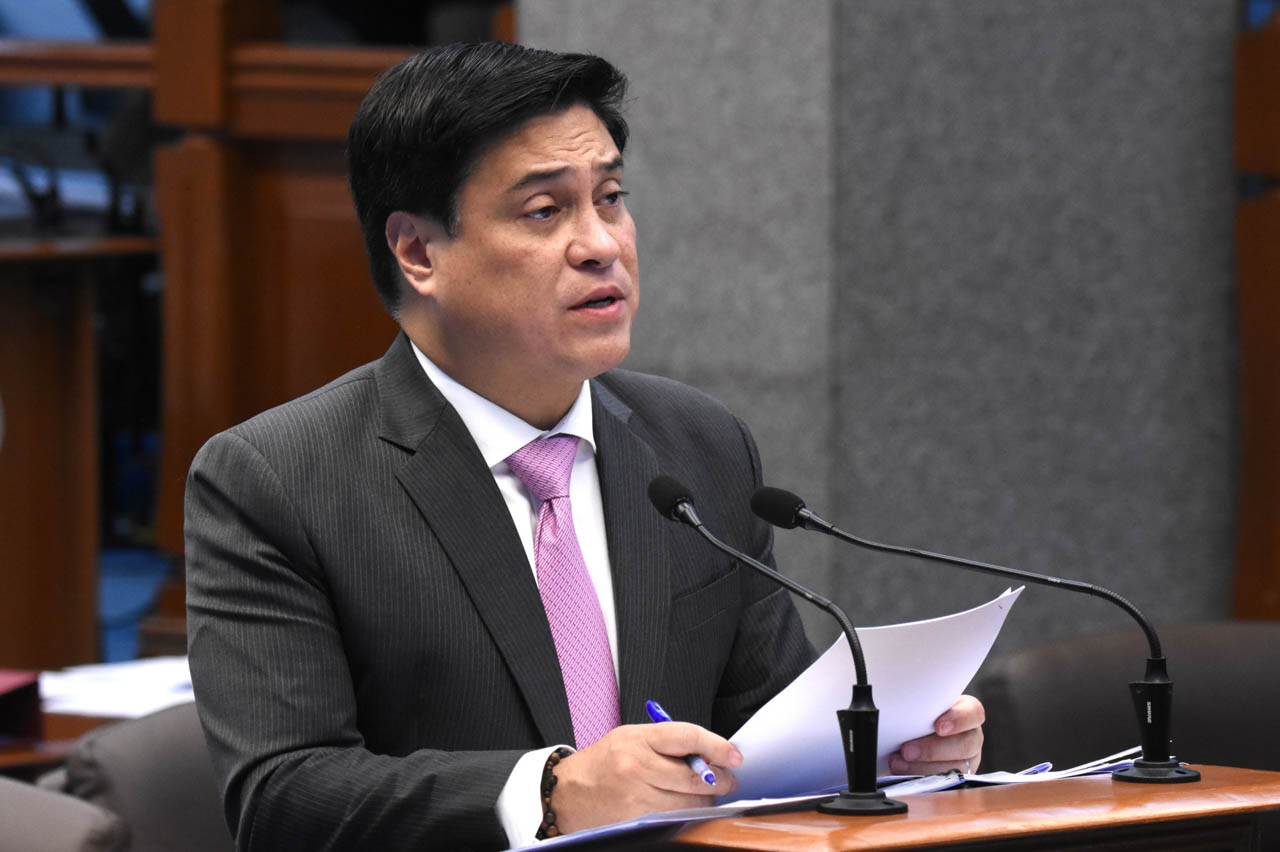The World Economic Forum (WEF) recently published a report that states blockchain overhaul as an unlikely possibility given that this disruptive technology also has its limitations.
If there was a contest for the most trending buzzword in the technology sector for the past few years, blockchain would inarguably be in the lead. The hype has intensified, and investors across the globe, both private as well as public, are pouring in millions of dollars into blockchain investment to ride the wave of its popularity. But is a blockchain overhaul really capable of overcoming some of its formidable challenges?
Why is blockchain overhaul a challenge?
Major sectors may be deploying blockchain technology to address recurrent industry-wide problems, and the very institutions it sets out to exclude are embracing the technology today. However, according to Ashley Lannquist, the project lead for blockchain at WEF, blockchain overhaul still remains a challenge because of the trade-offs associated with it.
Blockchain is yet to see massive-scale mainstream adoption, despite showing potential to reconfigure the contemporary political, economic, and financial landscape. Apparently, it still needs to demonstrate many use cases with substantial value.
But the question is genuinely one of who’s in control or whether a decentralized system is better than a centralized one. It takes a deeper understanding of blockchain technology and a look at motivations in getting it started. WEF, in its report, explains that blockchain’s real strength lies in its capability to empower people with decentralized access to immutable and highly secured data in the form of ledgers.
Tipping points for blockchain adoption
This makes it an extremely valuable asset for anti-corruption institutions and systems. Because the records are difficult to remove or change, blockchain becomes a powerful tool to mitigate corruption or manipulation risks in essential sectors, and this is one area of application that upholds blockchain overhaul.
Numerous surveys further show that the blockchain adoption rate is on the rise and that there seems to be a better clarity of vision concerning drawing a path from conceptual ideas to working projects. One of its most noteworthy use cases is tracing assets and creating a layer of trust and transparency among the stakeholders involved in a multi-party process.
Moreover, a sharp surge in consumer awareness post-COVID-19 is also setting the stage for worldwide blockchain acceptance in supply chain processes where it is being proved valuable for tracking provenance, sourcing digital identity of products, and enhancing consumer data privacy in financial transactions.
Blockchain is disruptive; not defectless
So, if the investors and institutions believe that blockchain overhaul is the next big thing after Internet-of-Things, then what is it that’s holding back its adoption rate? Is blockchain really capable of giving that competitive advantage that companies are looking for? Is decentralization a must in all sectors?
Rather than investing in technology as a hot topic, there is a greater need to understand how it works and critically evaluate its strengths and weaknesses. If blockchain demonstrates the same application range as other existing technologies, then there’s little sense left in the very concept of blockchain overhaul.
Lannquist details that given its decentralized infrastructure, it is difficult to fix bugs, overwrite accessibility options, and poses huge constraints of performance scalability and interoperability between different blockchains. And because the technology is still at the embryonic stage, a lot is still unknown about new security risks and vector attacks.
These shortcomings suggest that blockchain overhaul may prove beneficial but not really competitive in cases where decentralization is meaningless and may very well carry risks with no central governance.
Education needs blockchain
However, in the case of education, the technology offers a new way of thinking about how we organize, store, and manage student data and entrust them with rightful ownership and accessibility. Blockchain overhaul in education may just take over the way we store education data in the future.
Blockchain technology presents tremendous opportunities to transform the lives of higher education students. The greatest thing about blockchain and smart contracts is that it can cross-check qualifications without the need for intermediaries. They can reduce the risk of manipulation by manually verifying transcripts, thus bringing down costs associated with it.
Students often sense the world coming down on them when their laptops or computers suddenly freeze right in the middle of uploading a 500-page dissertation or assignment. Nearly every student faces the horror of having insufficient backup storage at the time of submissions. For many, it isn’t a narrow miss, unfortunately. And DLT storage is an answer to these storage problems.
Democratizing education
Blockchain overhaul in education has also encouraged the development of some form of a new-age learning marketplace where learners and teachers come together through one shared platform.
All teachers have to do is design and upload course contents on a blockchain, rate the students as they complete them and even use it to acquire new skills. Students, on the other hand, use the platform to register for the course and offer feedback on the learning process. Dubbed as the tokenization of learning, it is essentially the gateway to a decentralized learning process with a host of benefits for students and teachers alike.
Indeed, blockchain overhaul makes sense in an industry that’s been long-plagued by obstructive involvement of intermediaries, and this is where decentralization is a must. Following the COVID-19 outbreak, higher education has been bettered by disruptive technologies, and chief among them is the steadily progressing blockchain ecosystem.
The compound effect of time as technological advances rocket forward is that more and more people are left behind in the wake of this advance.
– Mitch Rankin, co-founder of English Forward







